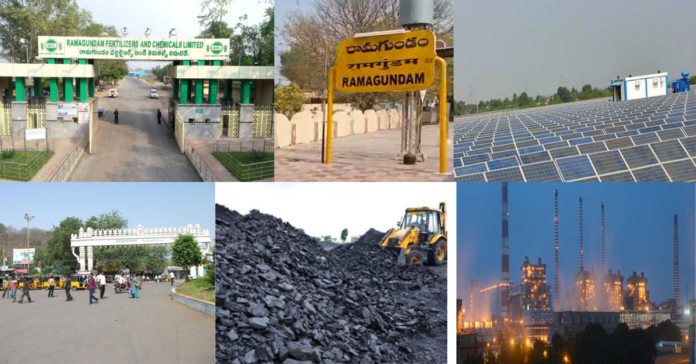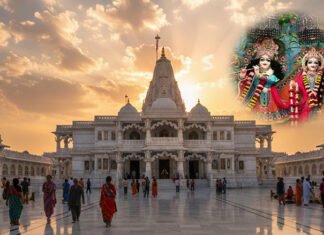Nestled in the Peddapalli district of Telangana, India, Ramagundam is a city that exemplifies the synergy between industrial might and natural beauty. Often dubbed the “City of Energy,” Ramagundam plays a pivotal role in India’s power sector, thanks to its vast coal reserves and massive thermal power plants. However, beyond its industrial significance, the city also offers unique tourism experiences, making it a place of diverse interest.
Historical Background Of Ramagundam
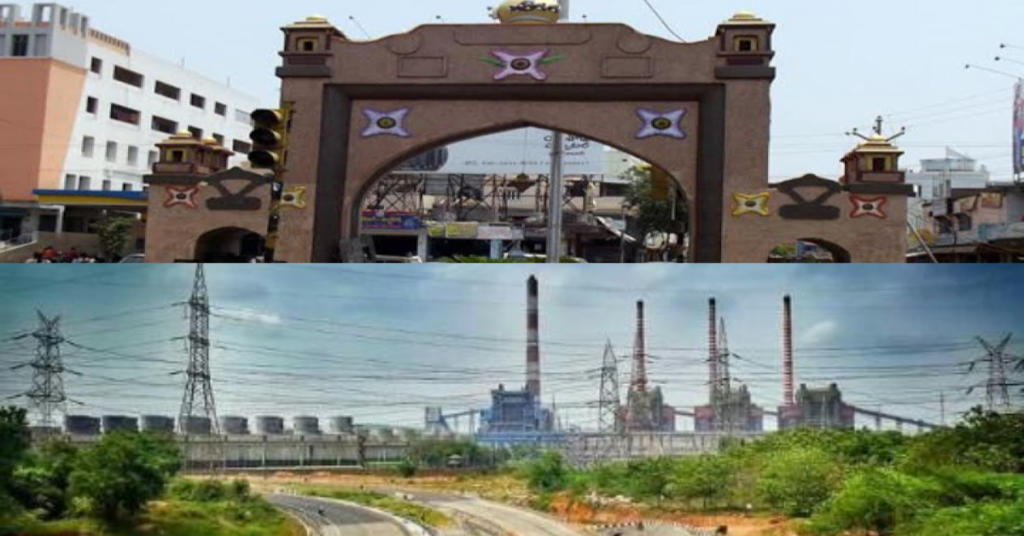
The history is deeply intertwined with the development of the coal industry in Telangana. Initially a small town, its strategic location in the rich coal belt of the Godavari River Valley led to its rapid industrialization. The establishment of the NTPC Ramagundam Super Thermal Power Station and the growth of Singareni Collieries catapulted the city into prominence, making it a hub of energy production in southern India.
Also Read: Exploring the Divine The Unique Forms of Lord Narasimha at Dharmapuri Temple
The Ramagundam Super Thermal Power Station
Overview
The Ramagundam Super Thermal Power Station, operated by the National Thermal Power Corporation (NTPC), is one of the largest and most important thermal power plants in India. With a total installed capacity of 2,600 MW, it significantly contributes to the power supply in Telangana and neighboring states. The plant primarily relies on the abundant coal reserves from nearby Singareni Collieries, ensuring steady and reliable power generation.

Technical Specifications
- Installed Capacity: 2,600 MW
- Units: 7 Units (3×200 MW and 4×500 MW)
- Fuel Source: Coal from Singareni Collieries
- Cooling System: Water sourced from the Godavari River
Environmental Considerations
NTPC has implemented several measures to reduce the environmental impact of the plant. These include the installation of flue-gas desulfurization (FGD) units to minimize sulfur dioxide emissions. The use of electrostatic precipitators to control particulate matter.
Singareni Collieries: The Backbone of Ramagundam Economy
Overview
The Singareni Collieries Company Limited (SCCL) is a public-sector coal mining company that operates several mines in and around Ramagundam. Established in 1920, SCCL is one of the oldest and most significant coal producers in India, with a vast network of underground and open-cast mines.
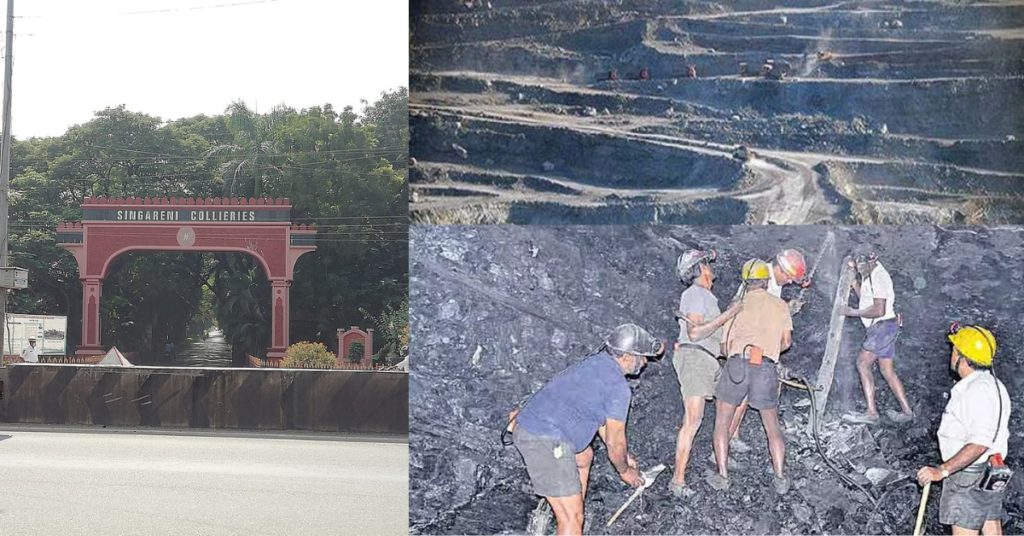
Coal Mining Operations
Ramagundam’s coal mines are among the most productive in the Singareni Collieries network. The coal extracted here is primarily used to fuel the nearby thermal power stations, including the NTPC Ramagundam plant. The mining process involves both underground and open-cast methods, with a strong emphasis on safety and environmental sustainability.
Economic Impact
Singareni Collieries is a major employer in the region, providing jobs to thousands of workers and contributing significantly to the local economy. The company’s presence has also led to the development of infrastructure, schools, hospitals, and other amenities..
Also Read: Karimnagar Deer Park: With Ultimate Details and Guide
Ramagundam Fertilizers and Chemicals Limited (RFCL)
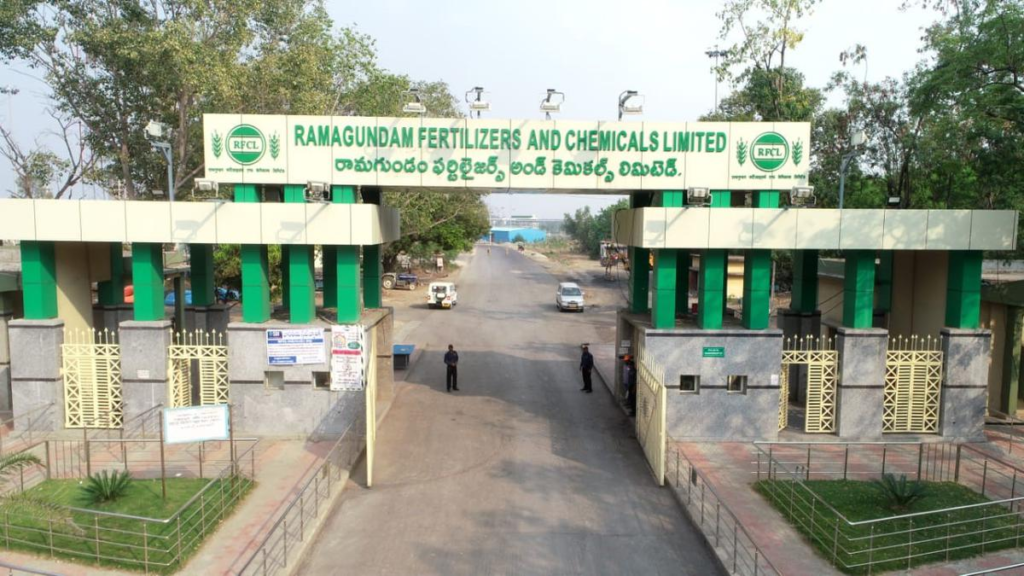
Over View
Ramagundam Fertilizers and Chemicals Limited (RFCL) was established as a public sector company to enhance domestic production of fertilizers, especially urea, under Indian government initiatives. Its headquarters are in Ramagundam, Telangana, integrating it with the region’s industrial and economic landscape.
Key Facilities and Operations
- Urea Plant:
- Capacity: The RFCL urea plant has a production capacity of around 1.2 million tons per annum (MTPA) of urea.
- Technology: The plant uses state-of-the-art technology for ammonia-urea synthesis, ensuring efficient and environmentally friendly production processes.
- Chemical Production:
- Products: Besides urea, RFCL produces other chemicals used in agriculture and industry. These include ammonia and various by-products derived from the urea manufacturing process.
- Applications: The chemicals produced by RFCL are used in a variety of applications, including fertilizers, industrial chemicals, and other agricultural products.
Tourism in Ramagundam
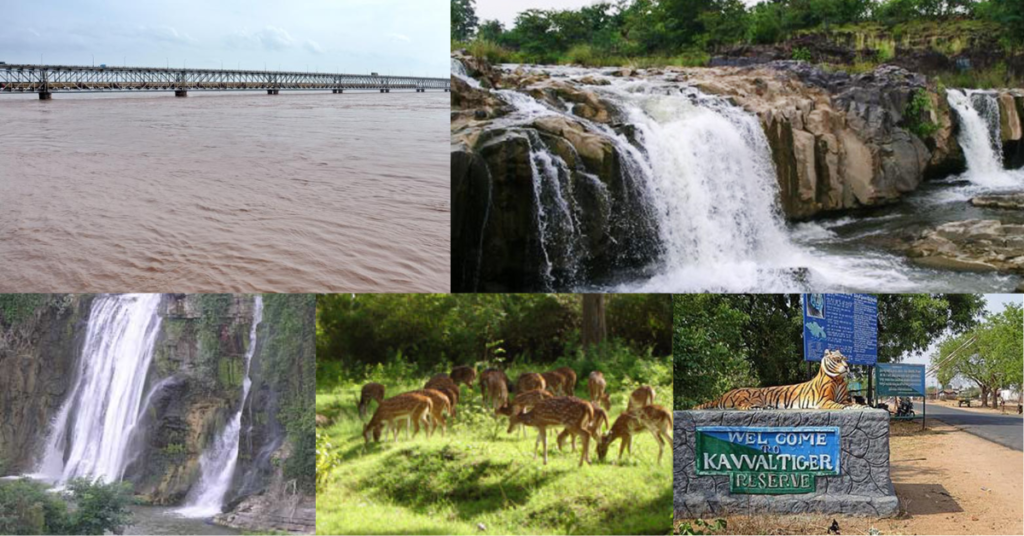
While Ramagundam is primarily known for its industrial prowess, it also offers several tourist attractions that are worth exploring.
Godavari River
The Godavari River, one of the longest rivers in India, flows through, adding a touch of natural beauty to the industrial landscape. The river provides a serene backdrop for visitors, with opportunities for boating and picnicking along its banks. The Godavari is also a lifeline for the region, supplying water for agriculture, industry, and daily needs.
Kawal Wildlife Sanctuary
Located a short drive from Ramagundam, the Kawal Wildlife Sanctuary is a haven for nature lovers and wildlife enthusiasts. Spread over an area of 893 square kilometers, the sanctuary is home to a diverse range of flora and fauna, including tigers, leopards, sloth bears, and various species of deer and birds. The sanctuary is part of Project Tiger, a national initiative to protect and conserve the tiger population in India.
Pochera and Kuntala Waterfalls
A visit to Ramagundam can also include a trip to the picturesque Pochera and Kuntala Waterfalls, located within a few hours’ drive from the city. These waterfalls, nestled in the Sahyadri mountain range, are popular tourist spots, offering breathtaking views and a refreshing escape from the industrial hustle.
Also Read: The Story Behind Lower Manair Dam A Historical Perspective
Future Prospects and Development
Ramagundam’s future looks promising, with ongoing projects aimed at boosting industrial growth, improving infrastructure, and enhancing the quality of life for its residents. The city’s strategic location, combined with its industrial base and natural resources, positions it as a key player in Telangana’s economic landscape.
Industrial Expansion
Plans for expanding the Ramagundam Super Thermal Power Station, along with new projects in the coal and energy sectors, are expected to drive the city’s industrial growth. The government’s focus on clean energy and sustainable development may also lead to the adoption of new technologies
Local Festivals and Events
Ramagundam, like the rest of Telangana, celebrates a variety of festivals with great enthusiasm. Key festivals include:
- Bathukamma: A floral festival celebrated by women, marking the beginning of Sharath Ruthu.
- Bonalu: A regional festival dedicated to the goddess Mahakali, with vibrant processions and offerings.
- Diwali and Dussehra: Celebrated with fireworks, decorations, and cultural programs.
Transportation
Ramagundam has excellent road and rail connectivity.
- Road: National Highway 63 passes through Ramagundam, connecting it to other major cities in Telangana and beyond.
- Rail: Ramagundam Railway Station is a key junction on the South Central Railway network, providing connectivity to various parts of India.
- Public Transport: The city has a well-developed public transport system, including buses and auto-rickshaws, facilitating easy movement within and around the city.
Conclusion
Ramagundam, nestled in Telangana’s Peddapalli district, epitomizes the blend of industrial dynamism and natural splendor. As a pivotal center for power generation and coal mining, the city, with its NTPC Ramagundam Super Thermal Power Station and Singareni Collieries, significantly contributes to the energy sector, earning its title as the “City of Energy.” Beyond its industrial prowess, Ramagundam offers picturesque attractions such as the Godavari River, the Kawal Wildlife Sanctuary, and the scenic Pochera and Kuntala Waterfalls. With ongoing development projects and a vibrant cultural scene, including festivals like Bathukamma and Bonalu, Ramagundam is poised for a promising future, harmonizing industrial growth with natural beauty and cultural richness.
Frequently Asked Questions (FAQs)
A: It is well-known for its coal-fired thermal power plants and considerable contribution to India’s energy industry.
A: The Ramagundam Super Thermal Power Station, operated by NTPC, is located in Ramagundam.
A: The installed capacity of the Ramagundam Super Thermal Power Station is 2,600 MW.
A: The Godavari River, Kawal Wildlife Sanctuary, and Pochera and Kuntala Waterfalls are key tourist attractions in Ramagundam.
A: Key festivals in Ramagundam include Bathukamma, Bonalu, Diwali, and Dussehra.

